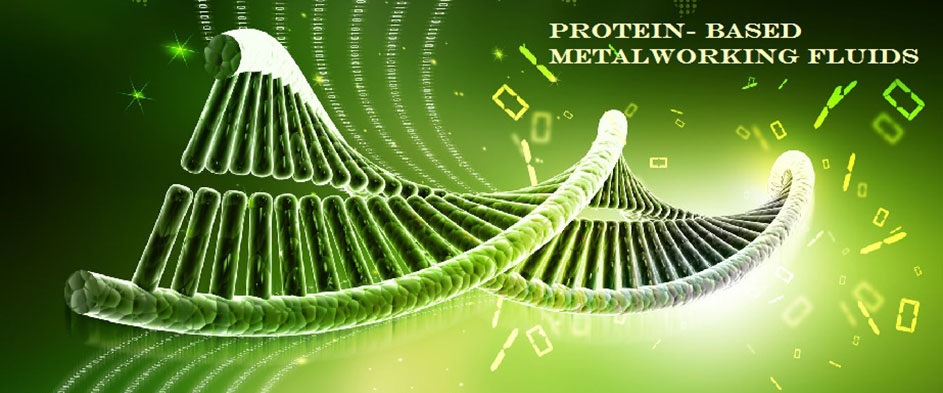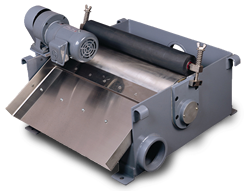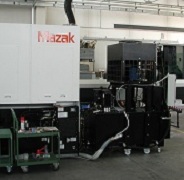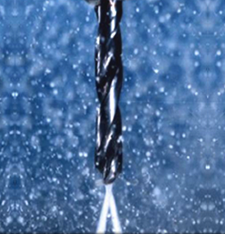Filtering Mist, Smoke, Fumes and Farts
 FILTRATION Month continues as we turn to the critical problem of mist collection. Since we are returning the metalworking fluid to the tank, this is a filtration step. But first, what happens when you let Engineers name products? You get a lot of products named "Max X, Super X, Master X, Easy X and stuff like that. The Engineer that named this product apparently never had to pick up tampons for his wife at a convenience store. I would argue that it would be m
FILTRATION Month continues as we turn to the critical problem of mist collection. Since we are returning the metalworking fluid to the tank, this is a filtration step. But first, what happens when you let Engineers name products? You get a lot of products named "Max X, Super X, Master X, Easy X and stuff like that. The Engineer that named this product apparently never had to pick up tampons for his wife at a convenience store. I would argue that it would be m














